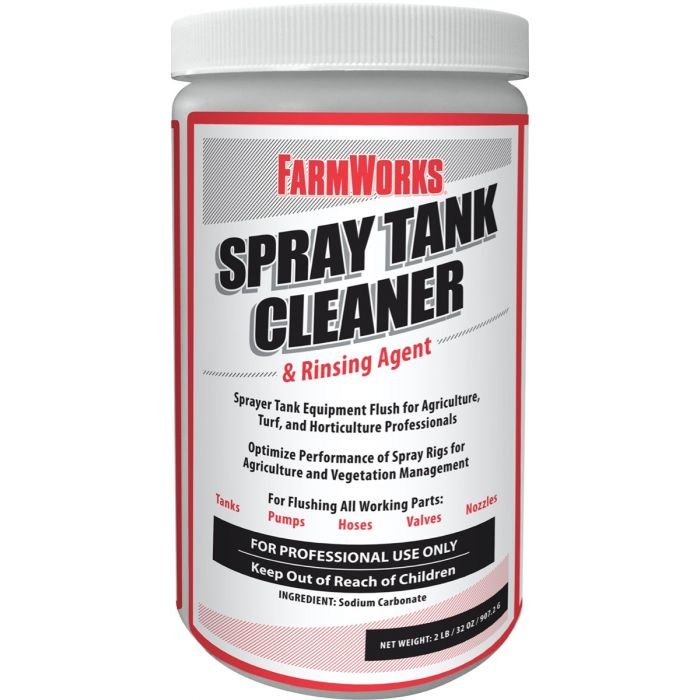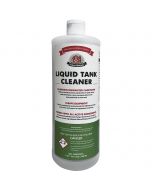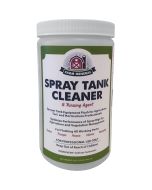Spray Tank Cleaner
Available exclusively at Tractor Supply Co.
Remove residue. Avoid cross contamination.
Remove chemical residues from your spray equipment safely and effectively with Spray Tank Cleaner. Flush all working parts regularly to optimize performance and prolong the life of your spray equipment. Eliminate cross contamination when switching chemicals and prevent unwanted results caused by hard-to-remove residues from chemicals such as 2,4-D and sulfonylureas.
Where to use:
In all working parts of your spray equipment.
When to use:
When swithcing chemicals.
How to use:
- Add 1/2 of the water needed based on the tank size
- Dissolve amount of Spray Tank Cleaner needed to clean tank as shown by Use Rate chart
- Add remaining amount of water
- Close valve to spray boom
- Agitate vigorously
- Open bypass valve and circulate solution through spraying system for 15 minutes
- Use hose or hand sprayer to thoroughly wash all internal tank parts
- Open spray boom valve and allow solution to flow through entire spray boom as well as nozzles
- Refill tank with water to the same rate as previously used with Spray Tank Cleaner to recirculate for 10 minutes and then flush through spray boom and nozzles. If changing chemicals, a second rinse is recommended with 25 gallons of water.
USE RATE
| Spray Tank Cleaner | Amount of Water | Tank Size |
| 4 ounces | 12.5 gallons | 25 gallons |
| 8 ounces | 25 gallons | 50 gallons |
| 16 ounces | 50 gallons | 100 gallons |
| 32 ounces | 100 gallons | 200 gallons |
EXTRA PRECAUTIONS SHOULD BE FOLLOWED AFTER USING 2,4-D OR SIMILAR MATERIALS.
Hoses, rubber connections, pump and hand gun packing are more likely to retain 2,4-D than tank, boom or metal parts, equal attention should be given to the flushing of these. Many authorities recommend renewal of soft parts after using 2,4-D. However, if these are in good condition, Spray Tank Cleaner will clean them.
- Flush complete rig with plain water, inside and out
- Use as directed on label except allow Spray Tank Cleaner to remain in rig and hoses overnight
- Take liberal sample of second rinse from each section of boom and hand gun
- Sprinkle these samples on particularly susceptible plants such as tomato, cotton, etc. to determine if cleaning was sufficient. Period required to show 2,4-D varies with tem-perature and humidity. 48 hours is usually enough
- If tests show 2,4-D present replace hoses, pump packing, rubber connections, etc. and repeat entire process including test.
Precautions:
Wash hands thoroughly after handling. Wear eye protection.
Active Ingredients:
Sodium carbonate
Product Label:
Disclaimer:
It is a violation of Federal law to use this product in a manner inconsistent with its labeling. Read the entire label before each use. Use only according to label instructions.
See the complete label for specific use rates and detailed instructions.
Consult the Safety Data Sheet (SDS) for important safety information.



